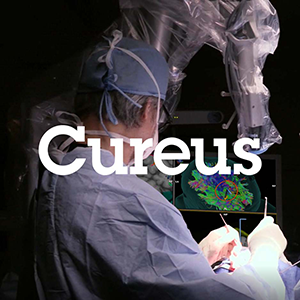
“Chemotherapy-induced neuropathic pain is a serious clinical problem and one of the major side effects in cancer treatment. The endocannabinoid system (ECS) plays a crucial role in regulating pain neurotransmission, and changes in the expression of different components of the ECS have been reported in experimental models of persistent pain. In addition, sex differences have been observed in ECS regulation and function. The aim of our study was to evaluate whether administration of oxaliplatin, a neurotoxic antineoplastic agent, induced changes in the expression of ECS components in peripheral and central stations of the pain pathway, and if those changes exhibited sexual dimorphism. Adult male and female rats were injected with oxaliplatin or saline, and mechanical and cold hypersensitivity and allodynia were evaluated using Von Frey and Choi Tests. The mRNA levels corresponding to cannabinoid receptors (CB1, CB2), cannabinoid-related receptors (GPR55, 5HT1A, TRPV1) and to the main enzymes involved in the synthesis (DAGL, DAGL, NAPE-PLD) and degradation (MGL, FAAH) of endocannabinoids were assessed in lumbar dorsal root ganglia (DRGs) and spinal cord by using real time RT-PCR. In addition, the levels of the main endocannabinoids, 2-arachidonoylglycerol (2-AG) and anandamide (AEA), were evaluated using commercial ELISA kits. Oxaliplatin administration induced the development of mechanical and cold hypersensitivity and allodynia in male and female animals. Oxaliplatin also induced early and robust changes in the expression of several components of the ECS in DRGs. A marked upregulation of CB1, CB2, 5HT1A and TRPV1 was detected in both sexes. Interestingly, while DAGL mRNA levels remained unchanged, DAGL was downregulated in male and upregulated in female rats. Finally, MGL and NAPE-PLD showed increased levels only in male animals, while FAAH resulted upregulated in both sexes. In parallel, reduced 2-AG and AEA levels were detected in DRGs from male or female rats, respectively. In the lumbar spinal cord, only TRPV1 mRNA levels were found to be upregulated in both sexes. Our results reveal previously unreported changes in the expression of cannabinoid receptors, ligands and enzymes occurring mainly in the peripheral nervous system and displaying certain sexual dimorphism. These changes may contribute to the physiopathology of oxaliplatin-induced neuropathic pain in male and female rats. A better understanding of these dynamic changes will facilitate the development of mechanism- and sex-specific approaches to optimize the use of cannabinoid-based medicines for the treatment of chemotherapy-induced pain.”
https://pubmed.ncbi.nlm.nih.gov/36179876/
https://www.sciencedirect.com/science/article/abs/pii/S0014488622002576?via%3Dihub









